Shrimp are small and cute animals, which are a favorite food for many of us. In fact, these crustaceans are probably the most famous seafood.
The firm, translucent flesh of raw shrimp may have a different color depending on its kind. It may be pink, gray, brownish or yellow. Once subjected to heat treatment, these crustaceans meat becomes opaque and cream or pink in color.
The world has over 300 different types of shrimp, and these 300 have thousands of varieties. The most common are prawns, and tiger ones recently started to gain popularity and are most consumed in Asia.
People have enjoyed shrimp as food since these crustaceans appeared in groundwater, ie since time immemorial.
Shrimp are found almost all over the world. Although many countries grow them artificially, the majority of the production comes from the U.S., South and Central America, Japan, Thailand and Taiwan.
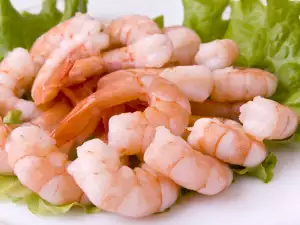
Composition of shrimp
Shrimps are very rich in minerals and vitamins. They contain vitamins of the B group and contain no fat, but lots of protein. Shrimp has a large amount of calcium, potassium, iodine and zinc. They are very rich in vitamin E, which prevents cell aging.
100 g of shrimp contains about 0.3 grams of fat, 18 g protein and 75 calories.
Selecting and storing shrimp
- Fresh shrimp should have a solid shell and be free of black spots. If you buy fresh shrimp, it is good to know that they only last a day or two.
- If you plan to cook the shrimp later, you better get them frozen. In the freezer, they can be stored for several weeks.
- The smell is a good indicator of whether shrimps are fresh. If they're fresh, they should have a slight smell of salt water.
- Whatever seafood store you buy shrimp from, you must always be careful, as it is prone to spoilage.
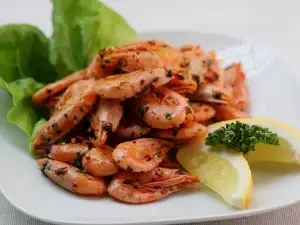
Cooking Shrimp
Shrimp have a pair of antennae, four pairs of limbs and a tail for moving along the seabed. Their main edible part is the muscle under their tail, which remains after the removal of the head, upper body, legs and antennae.
Shrimp are considered seafood, so their price is more expensive. They can be eaten almost every way - boiled, broiled, grilled, steamed, fried. Shrimp enrich the taste of many salads, combining well with rice, soups and other light appetizers. Special care must be taken not to overboil them because their flesh will be hard and virtually tasteless.
Frozen raw shrimp must thaw slightly - just enough to thaw and placed in boiling water. Ready shrimp come to the surface in about 8-10 minutes. Frozen shrimp is boiled for a maximum of three minutes. The most common way of eating shrimp is cooking them for 5 to 7 minutes. Serve with cocktail sauce.
The taste of shrimp is complemented by wonderful garlic, olive oil and wine. Fried shrimp are also very tasty, but you must be careful not to overfry them.
Benefits of shrimp
- Shrimps are good for our cardiovascular health. Only about 120 g of prawns will let you obtain 28.2% of the recommended daily value of vitamin B12. Vitamin B12 is one of the nutrients we need to maintain homocysteine levels - a molecule that has the ability to directly damage blood vessel walls and an important risk factor for cardiovascular disease - low.
- Protect us from fatal cardiac arrhythmia. A healthy way of eating includes an intake of at least 300 g per week rich in omega 3 fish (shrimps are a very good source of omega-3) improves the electrical properties of heart cells, protecting us from fatal cardiac arrhythmia.
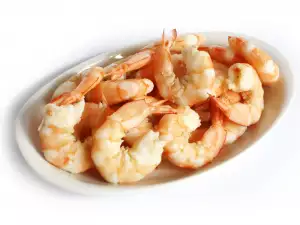
- Help us to prevent and control high blood pressure. People taking higher amounts of foods rich in omega-3 polyunsaturated fats (such as shrimp), have lower blood pressure.
- Due to the presence of selenium and omega-3 fatty acids, they protect us from cancer. Shrimps are a very rich source of selenium, and only about 12 grams give us 64.2% of the daily value of these trace minerals.
- Protect us from Alzheimer's and other age-related diseases. Studies have shown that eating fish rich in omega-3 fatty acids, DHA (docosahexaenoic acid) and EPA (eicosapentaenoic acid), helps prevent Alzheimer's - a disease becoming more widespread among the population. So, if you want to keep your wits, take cold-water fish rich in omega-3 fatty acids at least 3 times a week.
- Rich in omega-3 fatty acid diet improves mood and prevents us from depression. To prevent depression and lift your mood, take a handful of nuts a day and at least three times a week, one serving of cold-water fish (such as shrimp).
Dangers of shrimp
Although allergic reactions can occur with almost any type of food, it is known that certain foods are associated with more allergies than others. About 90% of food allergies are associated with 8 food types: tree nuts, fish, crustaceans (including shrimp), cow's milk, hen eggs, soy products, nuts and wheat.
Shrimp are also among the few foods containing purines - natural substances found in plants, animals and the human body. Therefore, people having problems with purines, should avoid eating larger quantities of shrimp.
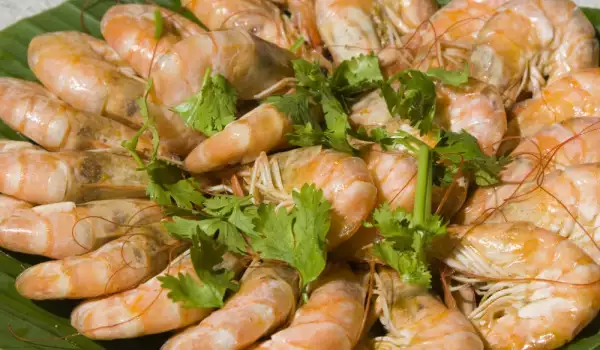

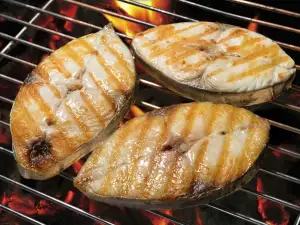
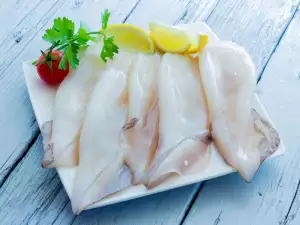
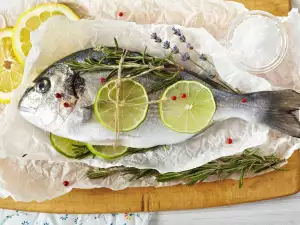


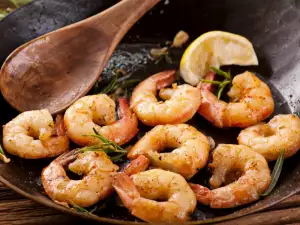



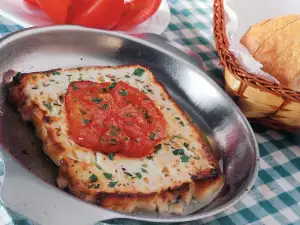
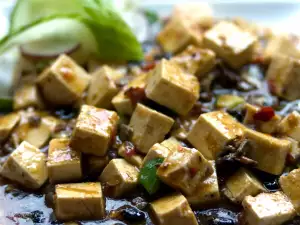







Comments